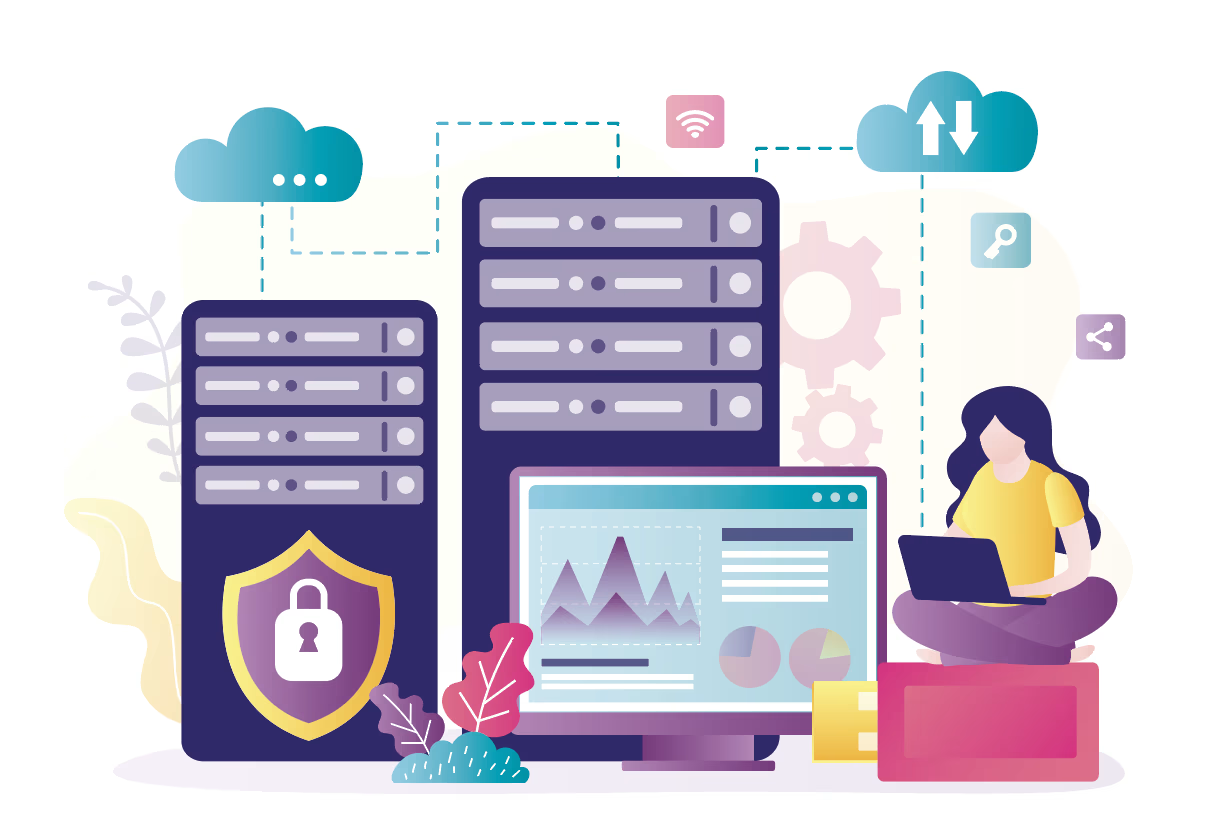3 benefits of digital technology in healthcare
Digital healthcare tools like chatbots and monitoring systems enhance access, reduce burnout, and boost care quality with smart time-saving.


Popular articles
Using Digital Systems to Improve Efficiency and Patient Outcomes
The Covid-19 pandemic ushered in the adoption of digital technology in healthcare, especially telehealth. But much of that technology was being gradually implemented and continues to be relevant even when in-person care is possible. From AI chatbots to apps that sync with the EMR, here are three ways digital tech is improving healthcare.
Benefits of digital technology in healthcare
Digital technology benefits healthcare in at least three ways:
- Improved access to care
- Better patient outcomes
- Healthier (less burnt-out) physicians
At least, that's according to healthcare clinicians, executives, and clinical leaders at organizations worldwide. The information below is synthesized from NEJM Catalyst's eBook Digital Technology's Promise for Better Health Care Delivery, which uses results from NEJM's regular surveys of their Insight Council.
Here are three benefits of digital technology in healthcare.
1) Improved access to mental and behavioral health services
About a quarter of Americans have a diagnosable mental disorder, and half have at least one chronic health condition. Chronic conditions like cancer, heart disease, or diabetes also make you more likely to develop mental health problems.
Fortunately, digital technology is improving access for these patients. According to NEJM Catalyst surveys, 70% of healthcare organizations use technology such as screening apps, mindfulness apps, and chat-based psychotherapy for mental and behavioral health. In addition, nearly half (47%) of organizations use or plan to adopt digital chronic disease management technologies for remote patient monitoring and data analytics within the next two years.
The clearest example is telehealth, which expanded quickly during the Covid-19 pandemic. In April 2020, physicians delivered nearly half of Medicare primary care visits virtually. An August 2020 survey found that two-thirds of Americans had used telehealth at least once. About half of clinicians and healthcare leaders surveyed by NEJM felt that telehealth had improved access to mental and behavioral health services.
Another example is remote monitoring like wearable blood pressure monitors for managing hypertension. Patients are often anxious when they come to the office, so it's better to read blood pressure from home. And when patients who manage hypertension learn to read their own numbers, they better understand the relationship between their health and specific behaviors.
Patients can now buy various affordable digital blood pressure monitors that easily connect to their smartphones and, in some cases, to the EMR. Providers encourage patients to use monitors to promote education and provide real-time data that help patients make healthier choices.
2) Better quality and clinical outcomes
Digital technology is infiltrating healthcare in many ways that improve care quality and clinical outcomes. Artificial intelligence (AI) plays an essential role in these applications, but its implementation is more straightforward than you might think.
For example, Michigan-based Spectrum Health implemented chatbots that text patients discharged from the emergency department. The chatbots ask if they're feeling better and whether they were able to get the medications and equipment they need.
People like interacting with the chatbot, which repeats information until they understand and gives them relevant information without judgment. And if patients need something the chatbot can't help with, it notifies a staff person who can step in to support. Chatbots like these improve patient adherence and clinical outcomes.
Like other large health systems, Spectrum Health also implemented AI to flag at-risk patients discharged from the hospital. About one in five dischargees struggle with their transition plan, and AI can monitor patient profiles and compare them against known risk factors.
For example, the AI might flag a dementia patient with Covid pneumonia rather than a subacute rehab patient. This information helps nurse care managers triage which patients to follow up with. Care managers can then contact flagged patients to see if they were able to access their prescriptions, require follow-up visits, need food or utilities, or are feeling anxious or depressed. Digital technology can improve clinical outcomes by helping the care team proactively support the highest-risk patients.
3) Healthier physicians
The third benefit of digital technology is that it can help clinicians be healthier at work. Physician burnout has become more common, and tools like patient portals or efficient medical dictation can save much-needed time.
Anywhere from half to three-quarters of physicians report symptoms of burnout, and many say that bureaucratic tasks like charting and paperwork are the leading cause. While EMRs have partly caused this problem, digital health has a role in solving it.
Patient portals are the most popular digital technology used by healthcare organizations. Nearly every hospital offers a patient portal, which reduces time-consuming communication between providers and patients. Patients need remote access to their health records, and providers spend less time in their inboxes if patients can easily find what they need by logging in online.
Digital technology can also save providers time by improving their clinical workflow. Technology gives healthcare providers helpful productivity tools, whether interoperable mobile medical dictation or easy secure messaging with the clinical team. When properly implemented, these tools can save hours of documentation time each week.
Related Articles


We Get Doctors Home on Time.
Contact us
We proudly offer enterprise-ready solutions for large clinical practices and hospitals.
Whether you’re looking for a universal dictation platform or want to improve the documentation efficiency of your workforce, we’re here to help.





